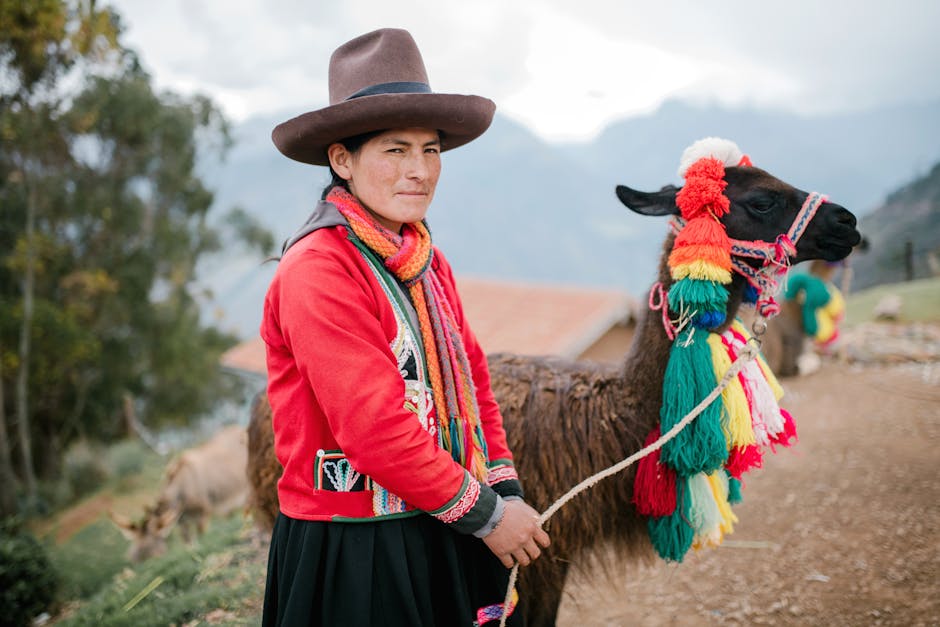Incorporating Indigenous Plants for a Sustainable Garden Design

Creating a sustainable and wildlife-friendly garden design is a rewarding endeavor that not only enhances the beauty of your outdoor space but also contributes positively to the environment. One of the most effective ways to achieve this is by incorporating indigenous plants into your garden design.
Indigenous plants, also known as native plants, are those that naturally occur in a specific region or ecosystem without human intervention. These plants have evolved over thousands of years to thrive in the local climate, soil, and environmental conditions, making them a sustainable choice for your garden.
One of the primary benefits of using indigenous plants in your garden is their low maintenance nature. Since they are adapted to local conditions, they require less watering, fertilizing, and pest control compared to non-native species. This not only saves you time and effort but also reduces the reliance on resources and harmful chemicals, contributing to a more sustainable garden.
Moreover, indigenous plants play a crucial role in supporting local wildlife. They provide food and habitat for a variety of birds, insects, and other animals that non-native plants may not. For instance, certain butterfly species rely on specific native plants for their lifecycle. By planting these, you’re creating a haven for these creatures, promoting biodiversity in your garden.
Incorporating indigenous plants into your garden design also helps in preserving the natural heritage of your region. Each region has its unique collection of native plants that contribute to its identity. By choosing these plants, you’re helping to maintain this botanical diversity and protect it from being overwhelmed by non-native species.
Now, you might be wondering how to start incorporating indigenous plants into your garden design. The first step is to research and identify the native plants of your region. Local nurseries, botanical gardens, or extension services can be excellent resources for this. They can provide you with a list of indigenous plants suitable for your specific garden conditions, such as soil type, sunlight exposure, and moisture levels.
Once you have your list, consider the aesthetic appeal of these plants and how they can fit
Creating a Wildlife-Friendly Garden with Native Plants
Creating a wildlife-friendly garden with native plants is not only a rewarding endeavor but also a significant contribution to the environment. It’s a wonderful way to create a sustainable, low-maintenance garden that attracts a variety of wildlife, from birds and butterflies to beneficial insects and small mammals.
The concept of using indigenous plants for garden design is rooted in the understanding that these plants have evolved over thousands of years to thrive in the specific conditions of your local area. They are perfectly adapted to the local climate, soil, and wildlife, making them a sustainable choice for your garden.
One of the most significant benefits of using native plants is their low maintenance needs. They require less water, fewer fertilizers, and less pruning than non-native plants. This is because they have adapted to survive in the local conditions, making them more resistant to pests and diseases. This not only saves you time and effort but also reduces the environmental impact of your garden.
Native plants also play a crucial role in supporting local wildlife. They provide food and shelter for a variety of species, from birds and insects to small mammals. For example, native flowering plants are an excellent source of nectar for bees and butterflies, while native shrubs and trees provide nesting sites for birds. By choosing native plants, you can create a garden that is not only beautiful but also teeming with life.
Creating a wildlife-friendly garden with native plants is also a great way to preserve the natural heritage of your area. Each region has its unique flora, and by planting native species, you can help to conserve this biodiversity. This is particularly important in areas where natural habitats have been lost due to urban development or agriculture.
So, how do you start creating a wildlife-friendly garden with native plants? The first step is to research the native plants of your area. You can do this by visiting local botanical gardens or nature reserves, or by consulting with a local nursery or garden center. They can provide you with a list of native plants that are suitable for your garden
